A Theoretical
Platform
Publications TazkarPublications
The Routledge Reader in Gender and Performance
“What do women want (in and of theatre)?” These questions are bound up in wider issues of women’s roles and work in the types of representation with which live theatre and dramatic writing differently engage, including: self-identity; the identity of women as a cultural and/or political grouping; the nature of gender-identities themselves; the specificities of theatre and theatricalities; and the relationship of writing to theatrical presentations and representations. …
More →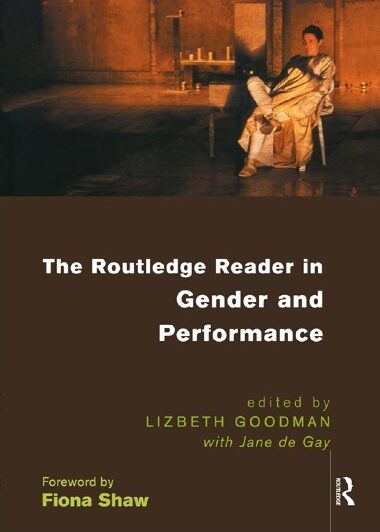
Essential Essays: Foundations of Cultural Studies–Vol. 1
Chapter’s summary:
Stuart Hall begins his argument by paying to the periodization in the study of popular culture and these questions that: Are the major breaks largely descriptive? Do they arise largely from within popular culture itself or from factors which are outside of but impinge on it? With what other movements and periodizations is “popular culture” most revealingly linked? …
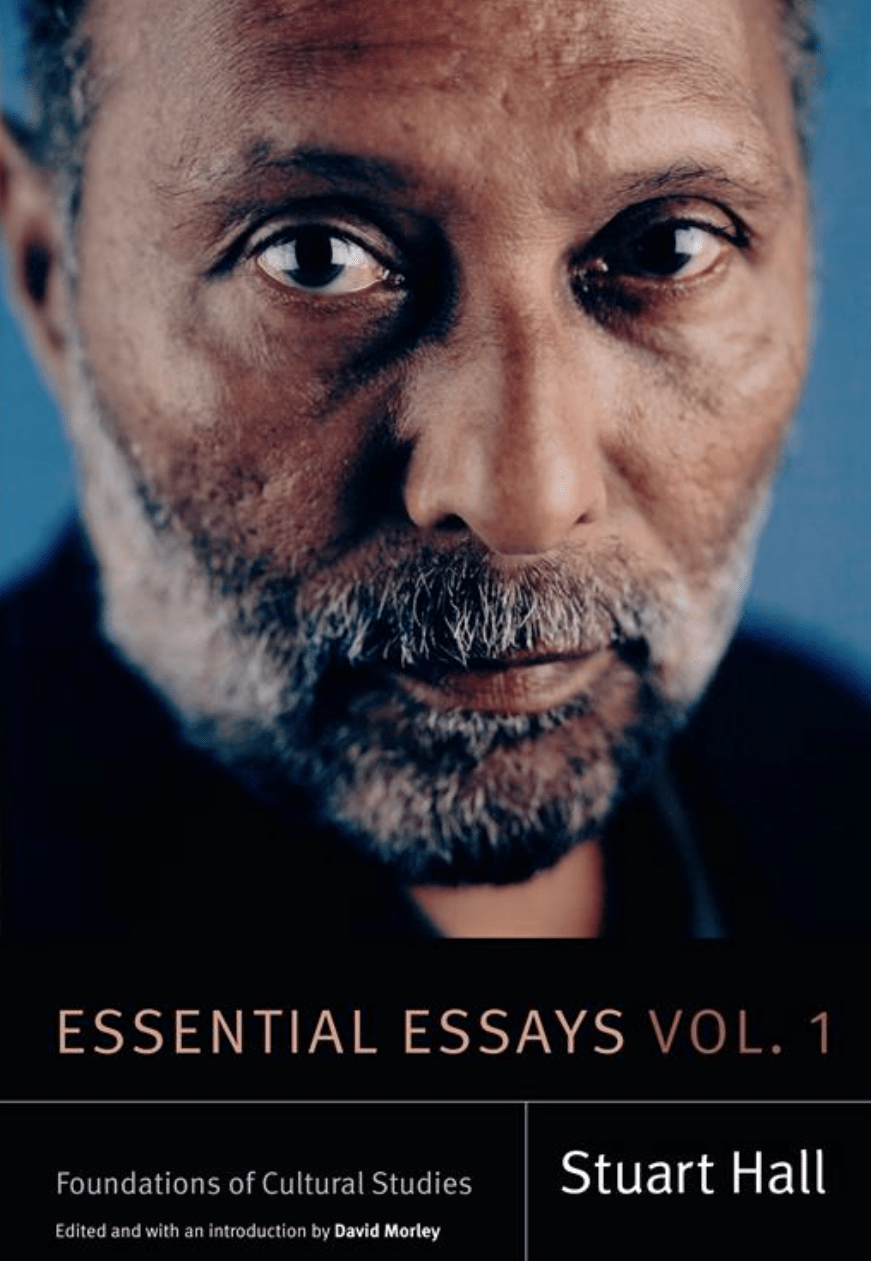
Questions of Cultural Identity
Introduction’s Summary:
Stuart Hall, a sociologist and cultural theorist, in his introduction to Questions of Cultural Identity applies concepts of “identity” and “identification” as well as their emergence within the play of specific modalities of power to answer the question that “Who needs identity?” With reference to the deconstruction, he begins his argument by being critical of the notion of an integral, originary and unified identity…
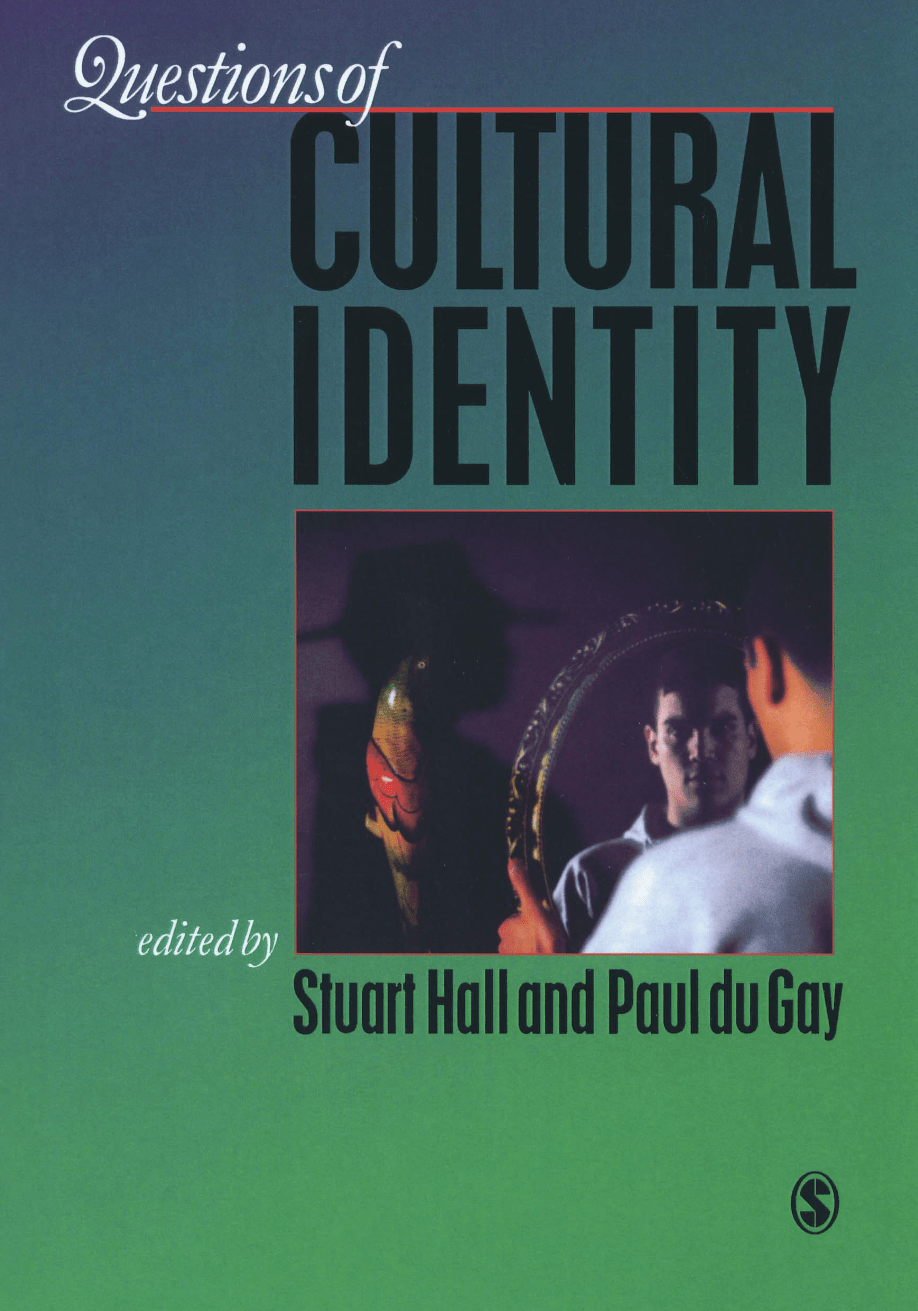
The Practice of Everyday Life
Introduction’s Summary:
The aim of this research is investigation of the ways in which users—commonly assumed to be passive and guided by established rules—operate. What is important in this study is that everyday practices, “ways of operating” or doing things, no longer appear as merely the obscure background of social activity, and if a body of theoretical questions, methods, categories, and perspectives, by penetrating this obscurity, make it possible to articulate them. …
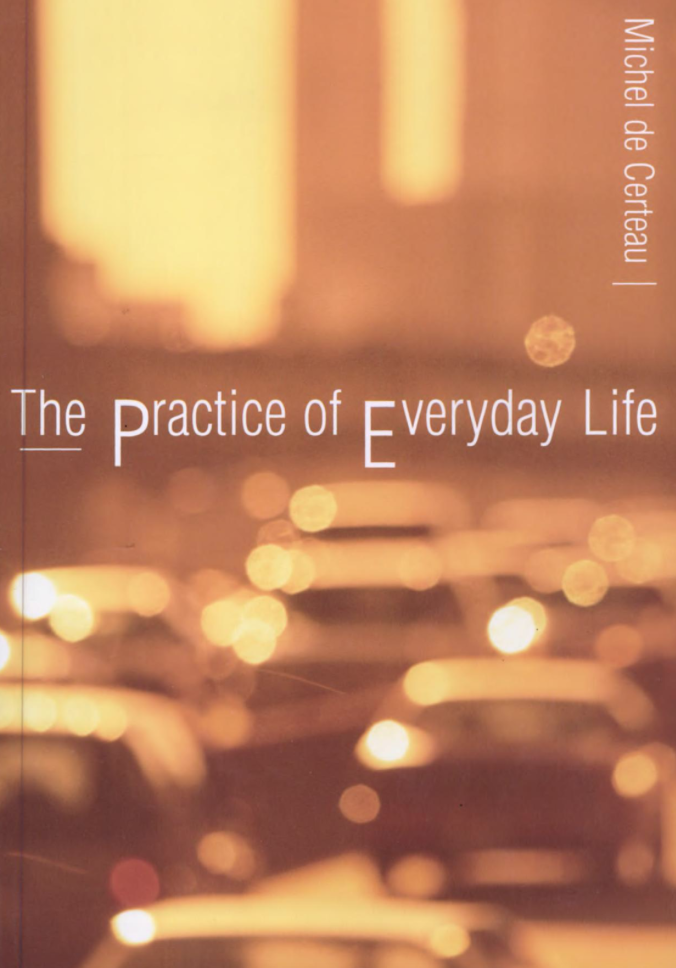
Being and Event
Summary of Preface & Introduction:
According to Alain Badiou his book Being and Event did not lend itself to immediate comprehension. It was at the end of the eighties, in full intellectual regression. What was fashionable was moral philosophy disguised as political philosophy. Anywhere you turned someone was defending human rights, the respect for the other, and the return to Kant. Indignant protests were made about ‘totalitarianism’ and a united front was assembled against radical Evil. A kind of flabby reactionary philosophy insinuated itself everywhere. …
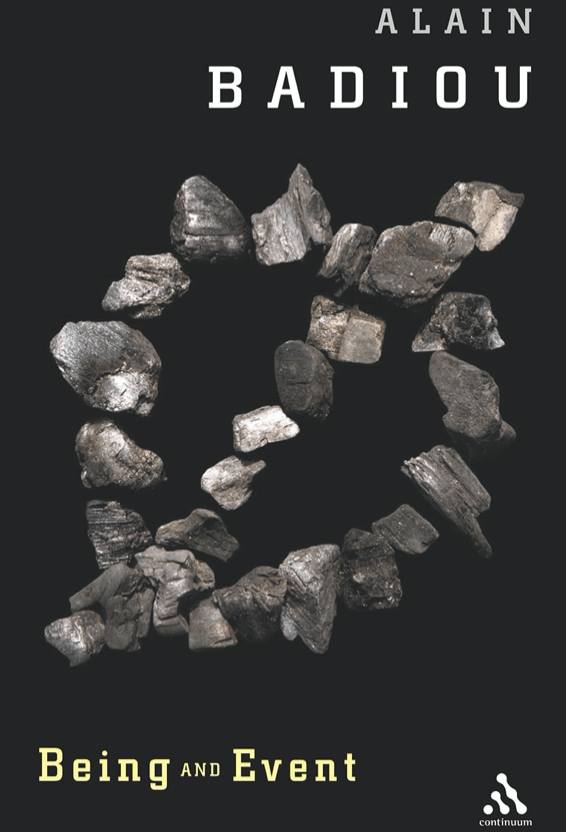
Non-Representational Theory and the Creative Arts
Book Summary:
Non-Representational Theory and the Creative Arts at the same time that concentrates on non-representation and its necessity in the contemporary world, with an eye on the concept of “space” lets artists and geographers with creative practices to introduce their interdisciplinary methods in art. The book has four main parts in which a group of artist-academics and geographers discuss their creative art/research …
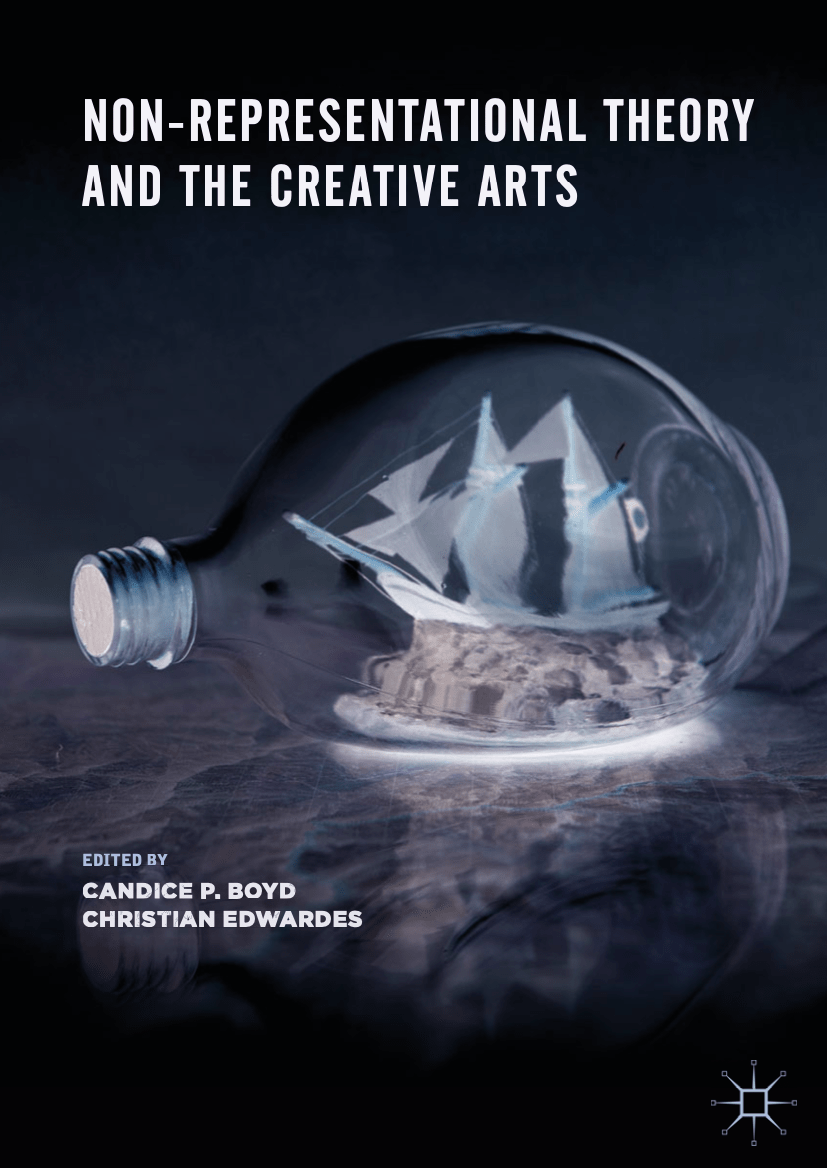
The Body in Everyday Life
Editors’ Review:
The Body in Everyday Life is to tell us about the ways people experience their bodies from the perspective of people themselves meanwhile their bodies play a salience role in creation and recreation of everyday life. The authors contribute more empirical studies to answer such questions as “how people think about their bodies? Do people think about…
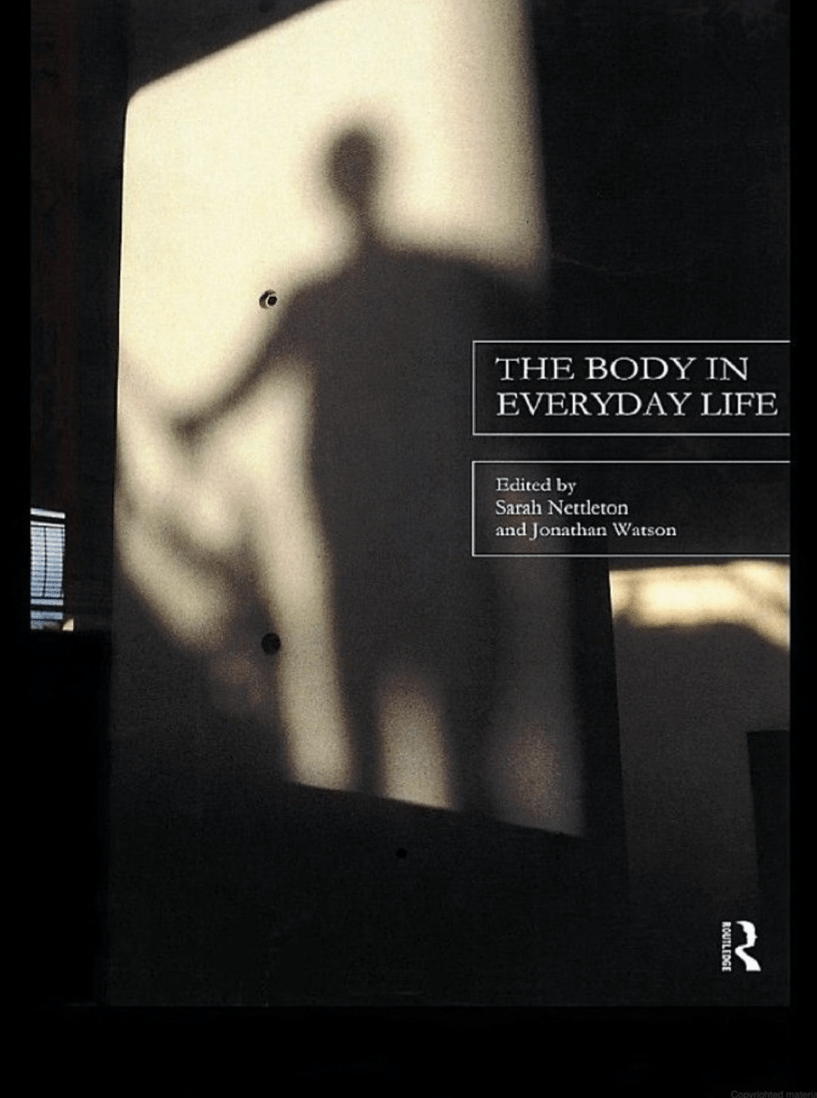
Moving Images, Mobile Bodies: The Poetics and Practice of Corporeality in Visual and Performing Arts
Introduction’s Summary:
In his introduction to the book, Horea Avram points to the core of essays in this publication: “the intricate encounters and interplay between image and body, between visuality and corporeality, between movement and mobility.” By pointing to these terms, he tends to give notice to the various concepts and fields of research…
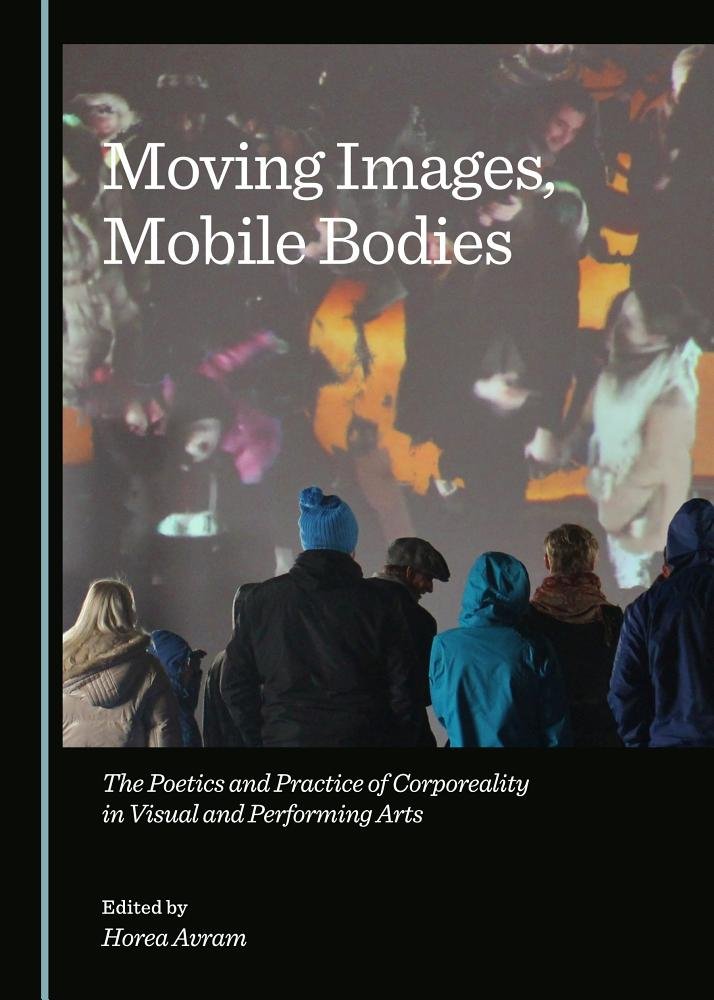
Tazkar
Organizing Identity: Persons and Organizations after Theory
A Tazkar on the Book:
By asking the question ‘Is the end nigh?’, the book aims to investigate the status of ‘identity’ and its relation to the theoretical field. The key presumption of this study is although identity as a concept plays a role in various fields, it has lost its explanatory aspect gradually and it cannot be defined by the theoretical approaches as before. For such presumption, Paul du Gay is much indebted to the studies of Bruno Latour and Ian Hunter who …
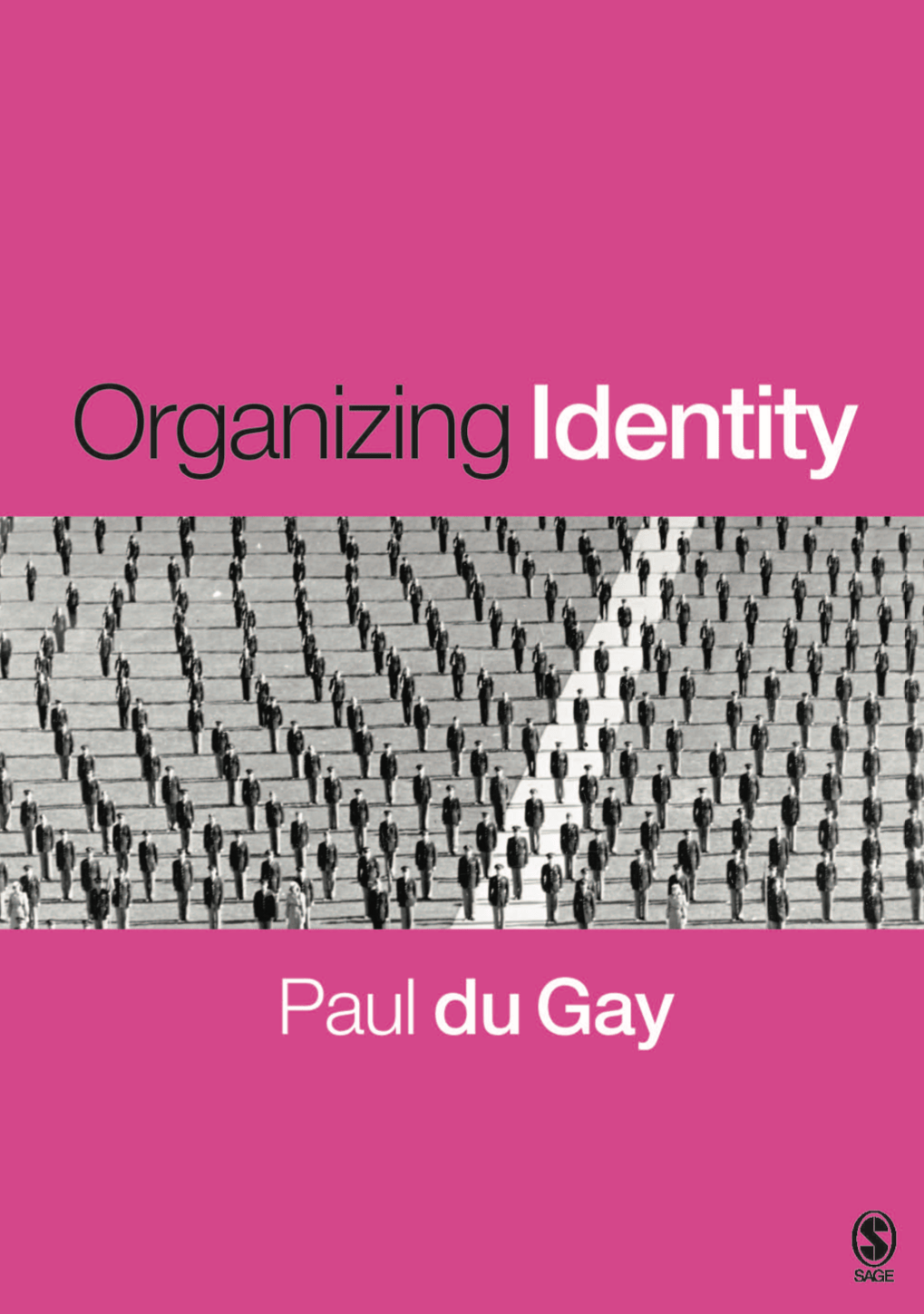
The Absent Body
A Tazkar on Book’s Introduction:
The presence or absence of the things is not merely due to their positioning in the in/appropriate places. The place cannot necessarily make things in/visible. Coming or not coming into view is mostly affected by our behavioral habits, life style and the intellectual history which forms the theoretical approaches. The visibility or invisibility of things does not have a direct relationship with the level of their significance by definition, and this confusion makes the rethinking, reviewing and revisiting of the concepts a must. …
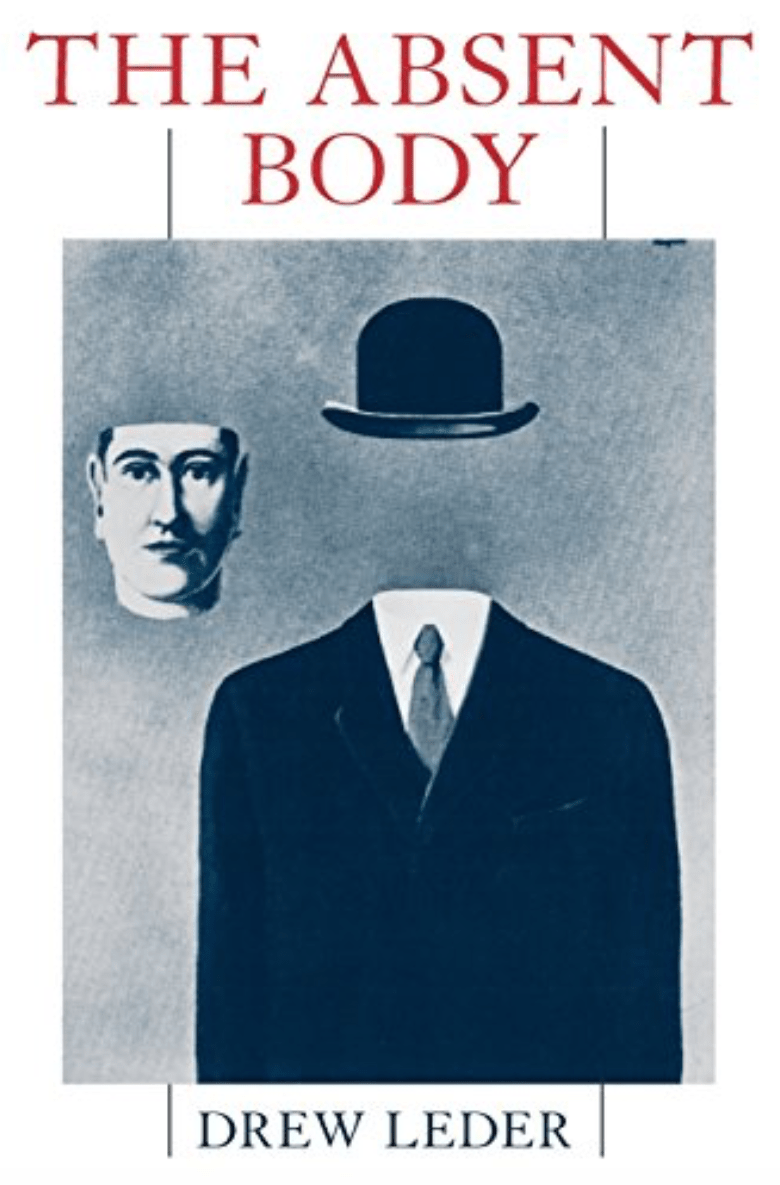
Hauntology and Delusion of the Living Present
A Tazkar on the Article:
In État Présent: Hauntology, Spectres and Phantoms, Calin Davis has reviewed the significance of hauntology in psychoanalytical and critical works and has spotlighted it according to two main sources. The present text beside paying to the Davis’ approach to hauntology in his article, points to the potentials of this approach in connection to the art practices. ‘Hauntology’ as a term was first used by Jacques Derrida in …
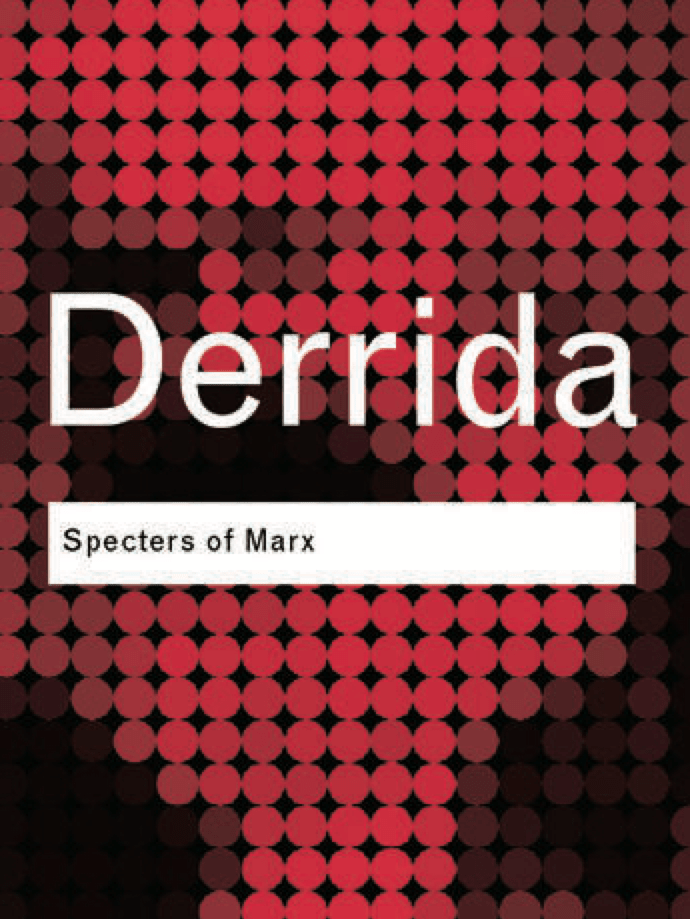
The Fantasy of Reality and Truth
A Tazkar on the Article:
The present writing is on Judith Butler’s article Bodies That Matter (1999), coming out as a book three years earlier under the same title (1996) by her. It has been attempted here both to clarify on Butler’s argument but also to go beyond it and touch upon applicability of these ideas in the field of artistic production. The main stimuli for this decision, added to the way Butler spotlights the body, are the opening lines of her text …
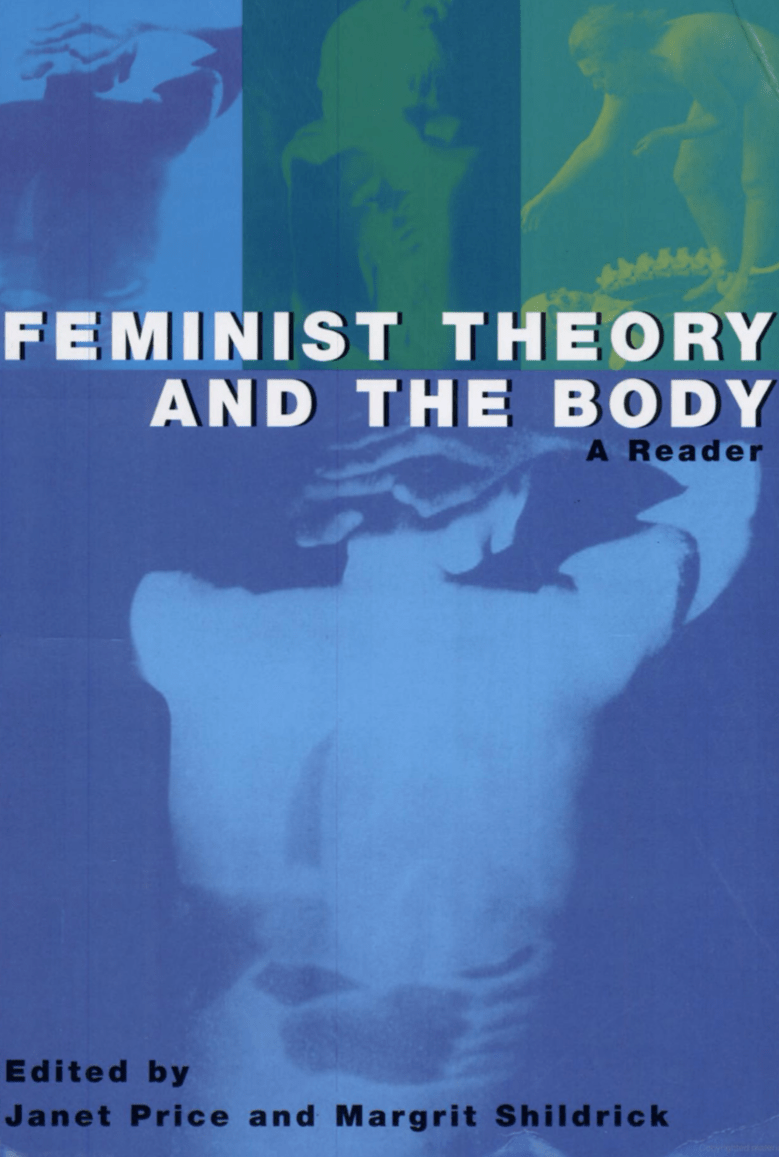
 platform
platform